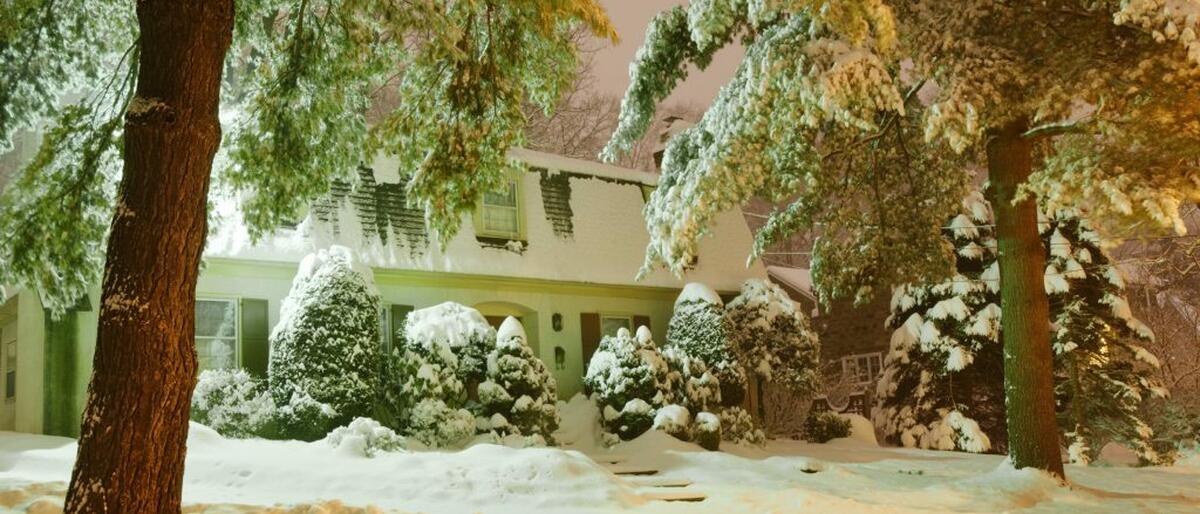How to Prepare Your Yard for Winter


How to prepare your yard for winter. Follow these 5 simple steps and you're set!
Corrective pruning prevents breakage of weak branches (which can rip down the side of the tree causing extensive damage) when we receive heavy ice, snowfall or winds during winter. Thinning these out before inclement weather protects your prized trees during storms.
Simply turning your clock to the off position may result in broken irrigation pipes and lines you will notice come spring. Compressed air needs to be hooked up to your valves to remove all remaining water from the lines to protect your investment. Neglecting this step may result in costly repairs down the line, so we do not recommend skipping this step in winterizing your landscape.
Dormancy spaying can began in November (these trees should have multiple sprays throughout the season), which is useful for trees or shrubs you noticed struggling throughout spring and summer. Most trees without problems are sprayed once in February. The use of insecticide should be used with caution and according to label directions.
The freezing and thawing of ground temperatures we so commonly see in the NW can especially put plant material at risk. Using a mulch cover protects your prized shrubs and trees from the bite of winter temperatures and acts as an insulator. This should be done before the first frost. Check out how to use leaves as mulch cover by clicking here.
There is very little lawn work which can be done in winter, as a result moss takes advantage, spreading, taking over your hard-earned grass. Using a moss control that is "lawn safe" can help slow the spread. Keep in mind if you apply this prior to a heavy rain, your moss control will simply wash away; so chose a window of time which has lower precipitation.